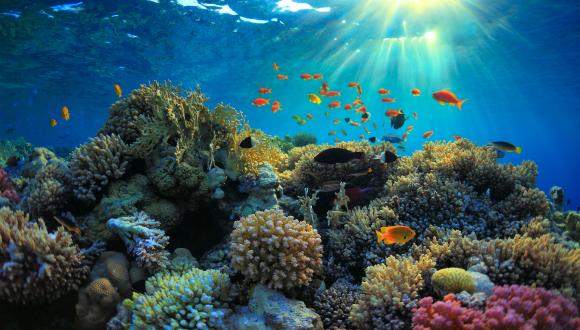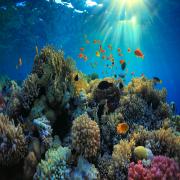Coral recruitment and connectivity of the coral Stylophora pistillata in the Gulf of Eilat/Aqaba in the era of rapid of urbanization and light pollution
In collaboration with Prof. Oren Levi, Faculty of life science, Bar-Ilan Univesity
In collaboration with Prof. Oren Levi, Faculty of life science, Bar-Ilan Univesity
Coral reefs are one of the most diverse and important marine ecosystems, providing homes to hundreds of thousands of species, making them an important reservoir for biological diversity and complexity. Their importance for human benefits like tourism, fishing, building materials, coastal protection and drug discovery cannot be underestimated. Despite the understanding of coral reefs’ importance knowledge on their reproduction, recruitment, genetic connectivity remains extremely limited.
During the last four decades degradation is apparent in the Gulf of Eilat/Aqaba (GOE/A) s’ coral reefs. The reefs are threatened by increased anthropogenic perturbations, especially from intensive development of the rapid urban expansion of Eilat and Aqaba cities by “light pollution”. Since corals are highly photosensitive – many species synchronize their spawning through detection of low light intensity from moonlight and coral reef structure is strongly influenced by illumination. Therefore, light pollution is, likely altering the structure and functioning of marine ecosystems in many other ways that have yet to be explored.
This research is focus on how the artificial light pollution in Eilat is affecting coral reproduction, hormonal secretion, recruitment phylogeny and gene connectivity along the shoreline of the GOE/A from north to south. Here we aim to (1) assess whether light-induced differences (due to depth or light pollution) in recruitment phenology result in a barrier to gene flow between coral populations, (2) determine whether light pollution affects recruitment rates by hampering coral recruitment on light-polluted shallow reef substrates, and (3) determine how light pollution affects reproduction hormonal secretion in the water and within the coral tissue. By using the coral Stylophora pistillata as a model coral we hope to answer those key questions.



